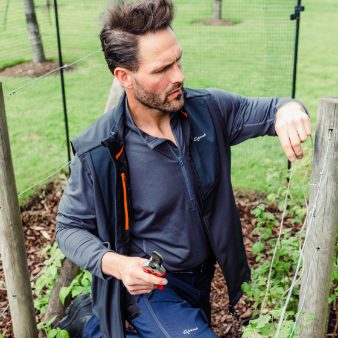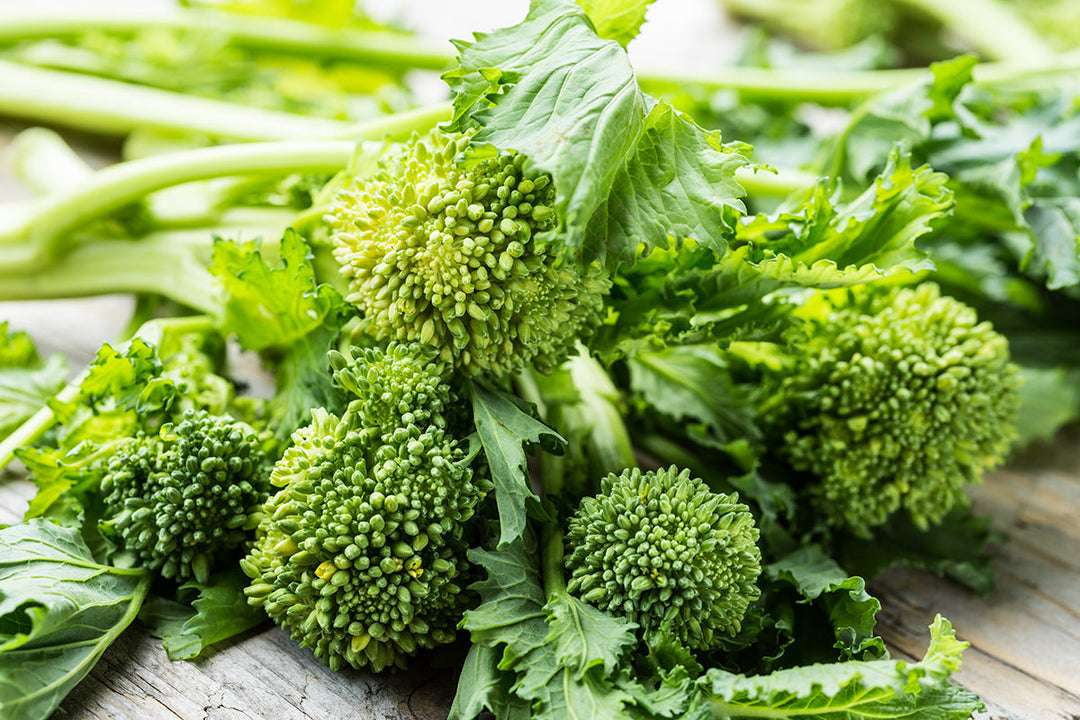Easter gardening and 10,000 eggs

We were surprised to find that gardening in miniature is a popular activity in the States. There is a trend for creating “resurrection gardens” that depict some part of the Easter story. Other people find clever uses for flowerpots, eggs and spring flowers to make garden inspired displays for the Easter table.
The most popular Easter gardening activity here in the UK (apart from planting the spoils from the garden centre) must surely be the traditional Easter egg hunt on Easter Sunday? I’ve friends with young children who do this every year. I have to say that we found a couple of gold foil wrapped eggs hidden in the willow tree late on in August … and yes we did eat them and they were still good! There is a couple in Germany who have been hanging eggs on one of their garden apple trees for over 40 years. They started with 18 eggs in 1965 and in 2012 they had reached 10,000! Wow!!







